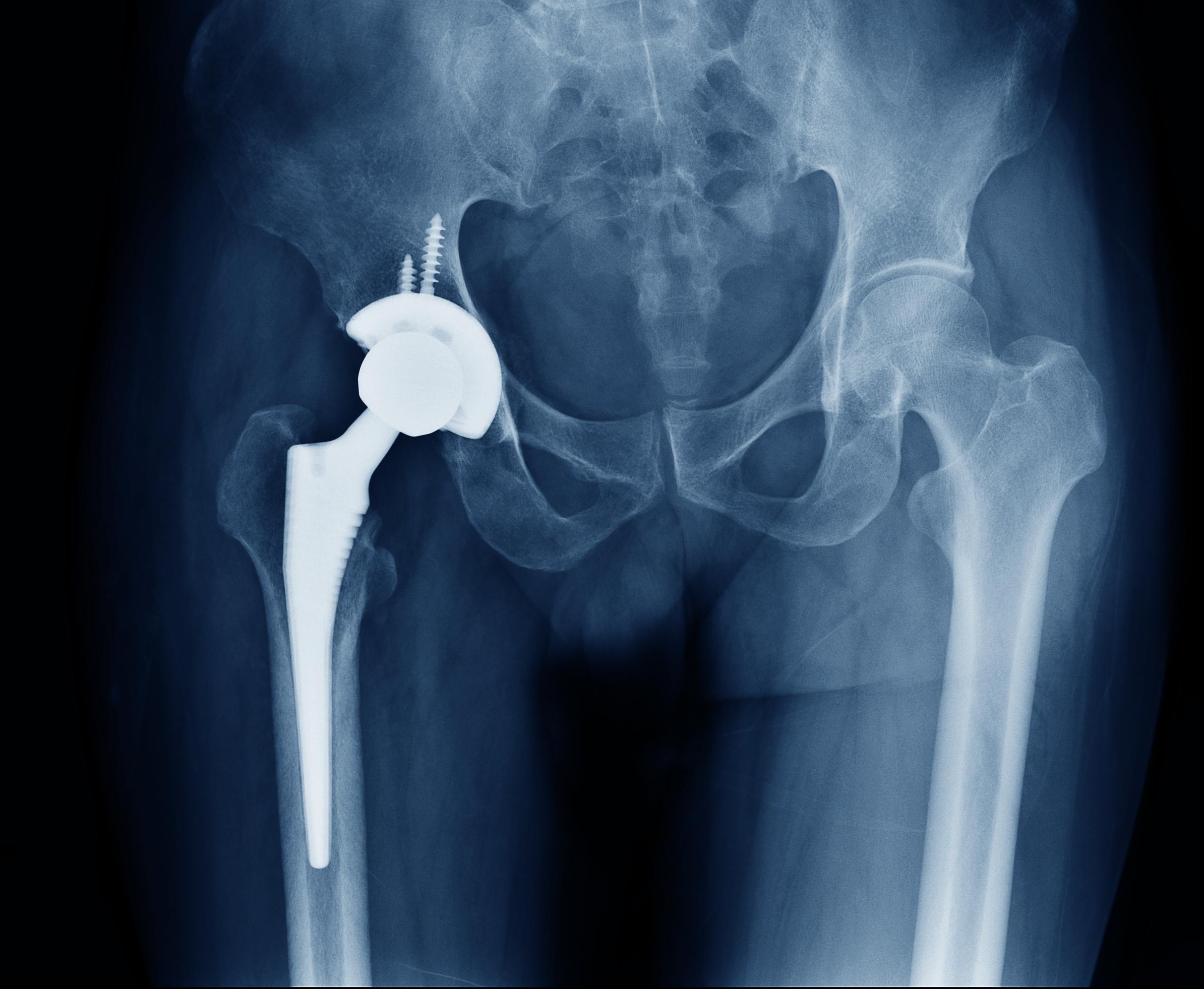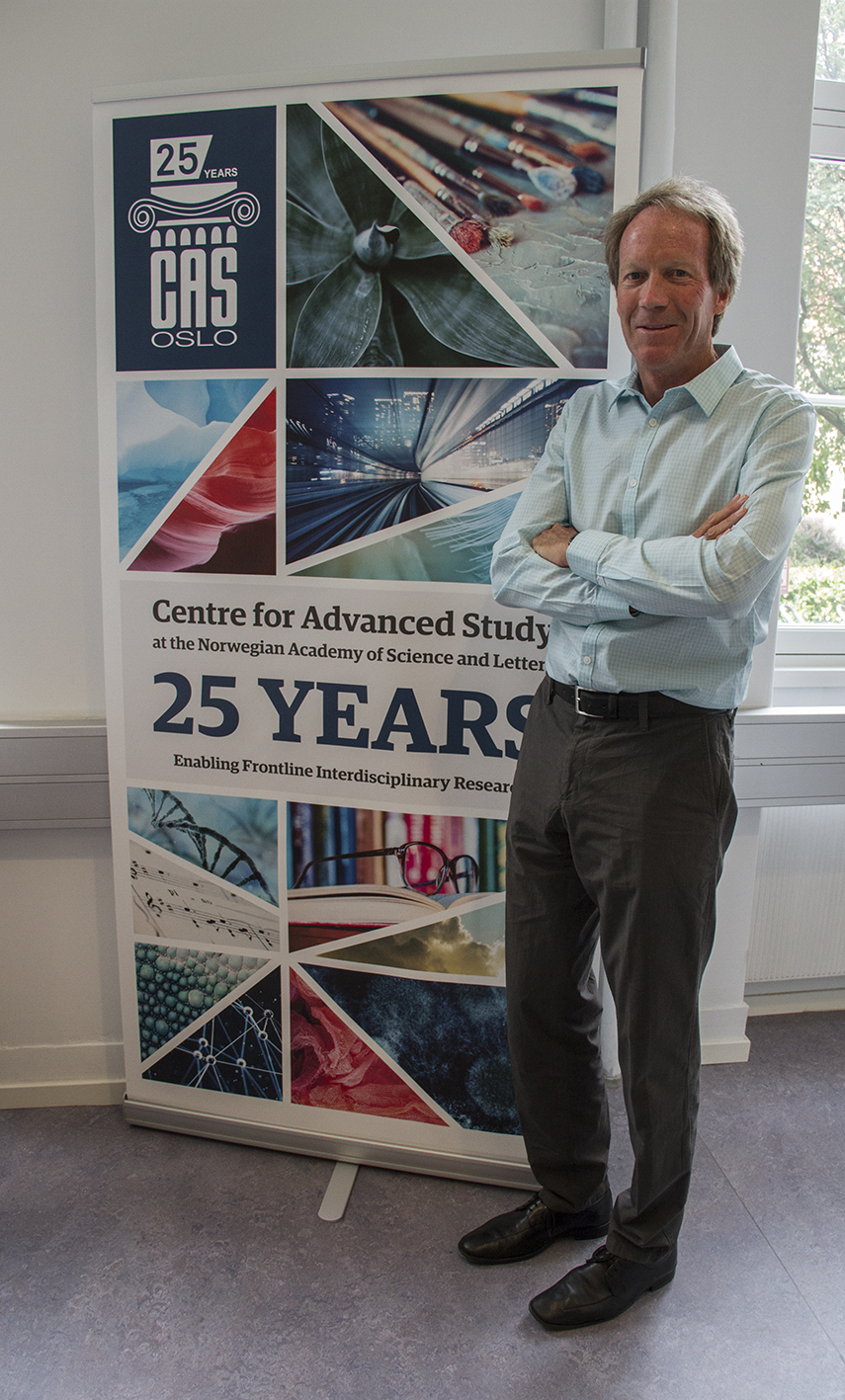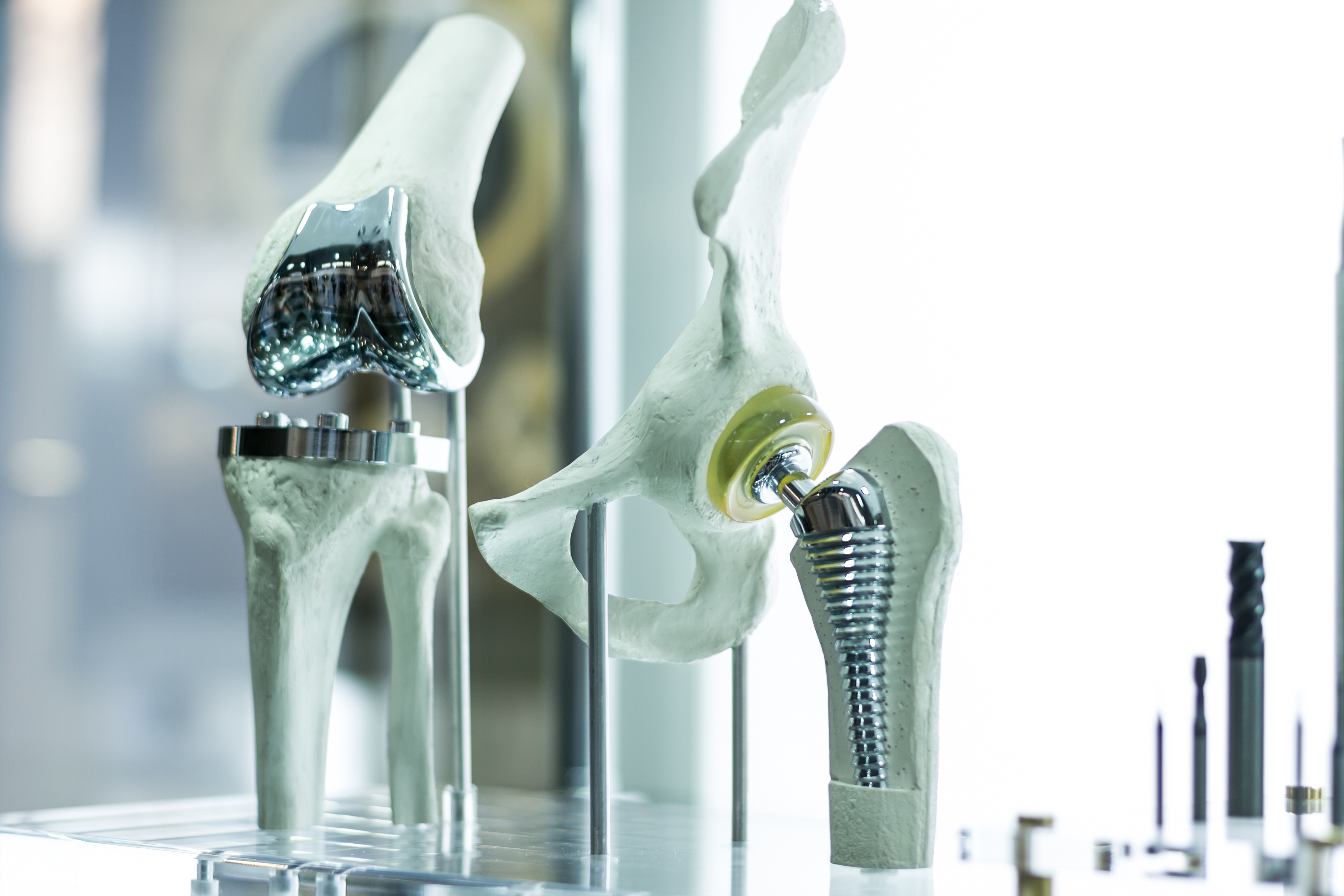Resistant bacteria threaten future implants

Today, implant surgeries are very common. They are usually successful, and the patient can return to their lives as if nothing had happened. Hanna Tiainen says,
– If your grandmother accidentally fell on the stairs and broke her hip, it would not be the end of the world for her. Hip joint replacement surgeries are relatively commonplace in any major hospital.
Tiainen is a biomaterial scientist at the University of Oslo with a passion for developing next-generation implant materials:
– Your grandmother will be admitted and operated on, and in a relatively short time she will be able to dance salsa again.
But if we fast forward forty years, and you are the one who now slips and falls, pray your hip does not break, as the same surgery your grandmother went through will have become too risky to perform. Tiainen explains further,

– As with many other aspects of modern healthcare that we have taken for granted since the turn of the millennium, the outlook for the widespread use and reliance on implantable medical devices is becoming increasingly uncertain, because of the alarming rise in antibiotic resistance. When people get an infection that cannot be treated with antibiotics, there is little that can be done. Your grandmother is currently lucky, because she can still use antibiotics if she were to get a post-operative infection. But as more bacteria become resistant to antibiotics, the future for treating infections looks grim.
It is this outlook that Tiainen wants to prevent.
A new implant, thanks to antibiotics
As antibiotic resistance complicates not only our potential to fight infections medically, but also the surgeries typically needed to treat infected implants, there is an urgent need for better understanding of the underlying conditions that cause infections.
David W. Grainger is a professor of pharmaceutical chemistry and bioengineering at the University of Utah (USA). He says that bacteria migrate and multiply faster in tissue than human cells, which can lead to problems if bacteria are the first to colonize an implant. Grainger explains,
– Most implants heal slowly, and suffer from an abnormal wound healing response that typically produces scar tissue arounf the implant. This scar capsule then isolates the implant from host tissue and immune response. Any bacteria introduces from surgery are then isolated inside the implant capsule and away from human tissue cells and the immune system. The implant capsule protects the bacteria from surrounding hostilities, and as a result, infections can grow near the implant without interruption.
We rely on antibiotics

Grainger observes,
– Today, about ninety-five per cent of all implant surgeries are regarded as successful, meaning that the patient is pain free and happy, with full use of the implant. For eye surgeries this means that vision is fully restored, while for knee implants it means optimal mobility without pain.
Grainger adds that only one to three per cent of all hip and knee replacements become infected, which in most cases are treated with antibiotics or revision surgery. This is why implant surgeries are viewed as generally safe and without significant risk, and why they are performed frequently.
Today, people may have replacement hips, knees, and heart valves, as well as dental implants and pacemakers; bone fractures are repaired surgically using metal plates, screws, pins, and rods to hold bones in place. Grainger claims,
– This implant success is possible today, to a great extent, despite risks of infections, because we have antibiotics. Success rates for these procedures would not be nearly this high without the current antibiotic prophylaxis and therapeutic effectiveness.
We take health services for granted
If we continue to use antibiotics as we do today, Grainger, Tiainen, and many of their colleagues foresee that a lot of the medical procedures we now take for granted will be risky, if not impossible, in the future. Many modern medical interventions would be highly risky and much more problematic without antibiotic protections.
Thanks to antibiotics, your grandmother can get a hip replacement, and she will be able to move as if it had never been broken in the first place. Grainger points out that this is an enormous benefit people usually take for granted. Because in a future where antibiotics are ineffective, the risk of contracting a severe infection will be too great to carry out this implant surgery, most other implant surgeries, and many other modern, routine medical interventions.
Jessica Lönn-Stensrud, a microbiologist at Oslo University Hospital, says,
– We expect to be healthy when we grow old, and to live active lives at the ages of sixty, seventy, and eighty. But our lives take a toll on our bodies, and many of us will need implants and prosthetics to maintain our active lifestyles. Without effective antibiotics, many people may just have to live with disabilities and health issues that we have procedures for today, because they involve surgery and implantable devices. Lönn-Stensrud adds,
– Bacteria become resistant through proper use, improper use, and overuse of antibiotics. It is therefore important that we limit improper use and overuse.
A new generation of implantable biomaterials
Tiainen explains,
– It is the current generation of young scientists who will be standing on the front line of research, aiming to defend us from ever-more evasive bacteria and coming up with new ideas about how to turn the tide on antimicrobial resistance and its associated problems.
She adds that development has so far mainly focused on creating surfaces that promote integration of the device into the host tissue. Tiainen observes, however,

– [that] such surfaces also tend to provide an excellent substrate for bacterial adhesion and biofilm formation—the main culprits of bacterial-induced infections.
Along with Lönn-Stensrud, and bioengineer Manuel Gomez-Florit from the 3B’s Research Group at the University of Minho in Portugal, Tiainen organized a workshop for researchers to meet to discuss the problems they will face in the future.
The workshop was held at the Centre for Advanced Study (CAS Oslo) earlier this summer, with participants from six international institutions. Tiainen says,
– The goal is to launch a collaborative project that will lead to the development of a new generation of biomaterials designed, made from, or coated with, biomolecules that promote the growth of human tissue cells, as well having antibacterial properties.
Implants that help
Grainger suggest,
– The implant surgery design, from patient preparation, implant selection and design, surgical approach, surgical suite design and post-surgical rehabilitation methods, should all be focused on limiting infection risks in the absence of antibiotics.
Gomez-Florit elaborates on the idea of creating a new generation of biomaterial to make future surgeries safer. Gomez-Florit suggests that natural biomolecules have properties that enable them to interact favourably with tissue cells—or bioactive properties. The idea is to use these biomolecules with biomaterials to yield new implants that actively provide the same integrating characteristics.
By utilizing healing properties inherent to these natural biomolecules, a new generation of implant biomaterials can be produced to actively repel bacteria and prevent the development of biofilm-induced infections, while including host tissue healing and immune-competence around the implant.
The researchers believe in the current era of antibiotic abuse that new antibiotics developed in the future will not be able to effectively address antibiotic resistance fast enough. Rates of pathogen resistance trump antibiotic innovation. Hence, successful implant surgeries must become much safer in a future in which bacteria have become resistant to antibiotics. However, Gomez-Florit emphasizes,
– We have only just begun the start-up phase of the project, but we are determined to continue. The first step is to open the debate among the scientific community and the decision-makers about the future of implantable medical devices, so that all sectors can join a potential future research team.
By Camilla Kottum Elmar